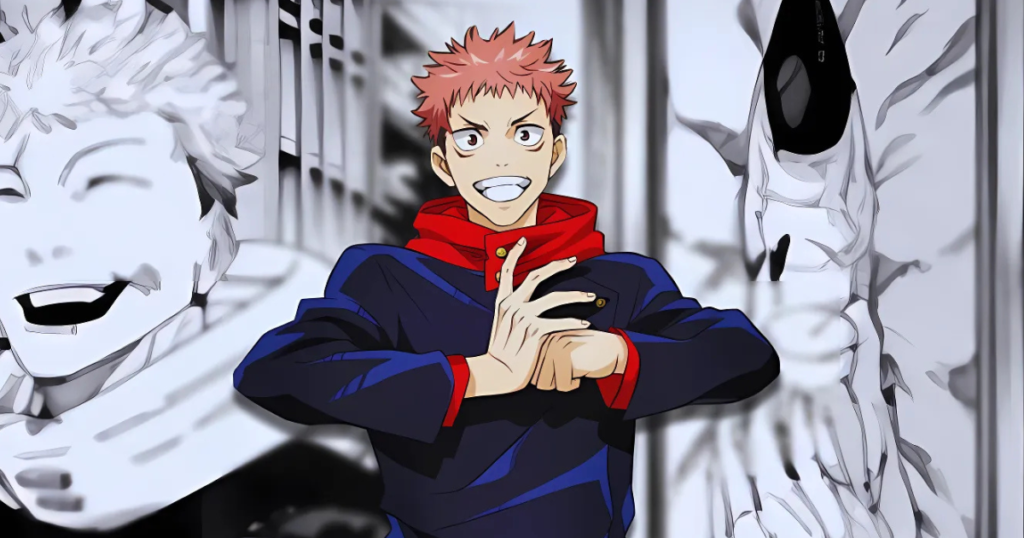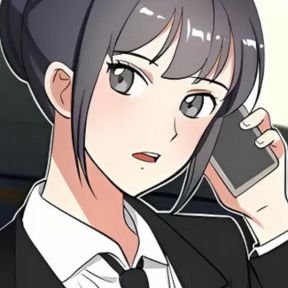Is JJK 1:1 with manga? It’s a question every Jujutsu Kaisen fan has likely pondered. The anime, praised for its stunning animation and gripping storytelling, has taken the anime world by storm. But how faithful is it to Gege Akutami’s original manga?
For many fans, the accuracy of an adaptation can make or break the experience. From thrilling fight sequences to emotional character arcs, JJK’s manga sets a high bar. In this article, we’ll explore how closely the anime mirrors its source material, analyzing whether it’s a true 1:1 adaptation or if creative liberties were taken along the way. Let’s uncover the truth behind this fan-favorite series!
What Does 1:1 with Manga Mean for JJK?
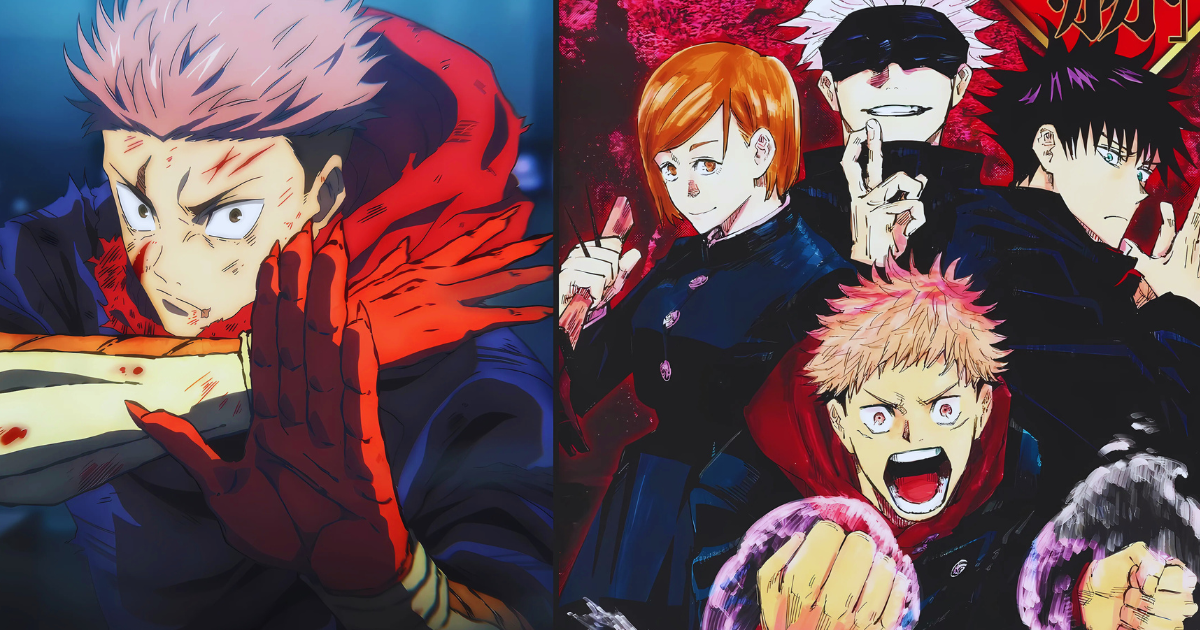
When people say an anime is 1:1 with manga, they’re talking about a frame-by-frame adaptation where every single moment, from dialogue to visuals, mirrors the manga exactly. In theory, this sounds perfect, right? But here’s the thing: anime is a completely different medium. What works on the static pages of a manga doesn’t always translate to an animated format. I remember the first time I noticed this with another series (let’s just say it involved a lot of filler episodes), and it really made me appreciate how much thought goes into adapting a story.
For Jujutsu Kaisen, the idea of being 1:1 with the manga is even trickier. Why? Because Gege Akutami’s manga is super detailed especially during fight scenes. Those intense, high-energy battles need fluid motion in the anime, so sometimes the animators add extra frames or tweak the timing. It’s not a bad thing, but it does mean the anime might feel a little different from the manga. For example, I noticed that the fight between Gojo and Jogo in Season 1 added a lot of dynamic camera angles that weren’t in the manga, but it only made the scene more epic.
That being said, there are certain moments where anime fans might feel short-changed. Have you ever read a manga panel that gave you chills, only to see it slightly toned down in the anime? Sometimes, that happens when an adaptation tries to fit a whole manga volume into a single 20-minute episode. JJK’s first season is mostly faithful, but there are a few moments where pacing gets rushed. My advice? If you’re a manga purist, approach the anime with some flexibility.
Whether JJK is truly 1:1 with the manga depends on your expectations. If you’re looking for an adaptation that respects the source material while using the strengths of animation, JJK is doing a stellar job. But if you’re hoping for every single panel to come to life as is, there are bound to be a few compromises. And honestly, that’s part of what makes anime adaptations so interesting sometimes, they even improve on the original.
Is JJK 1:1 with Manga? A Scene-by-Scene Breakdown
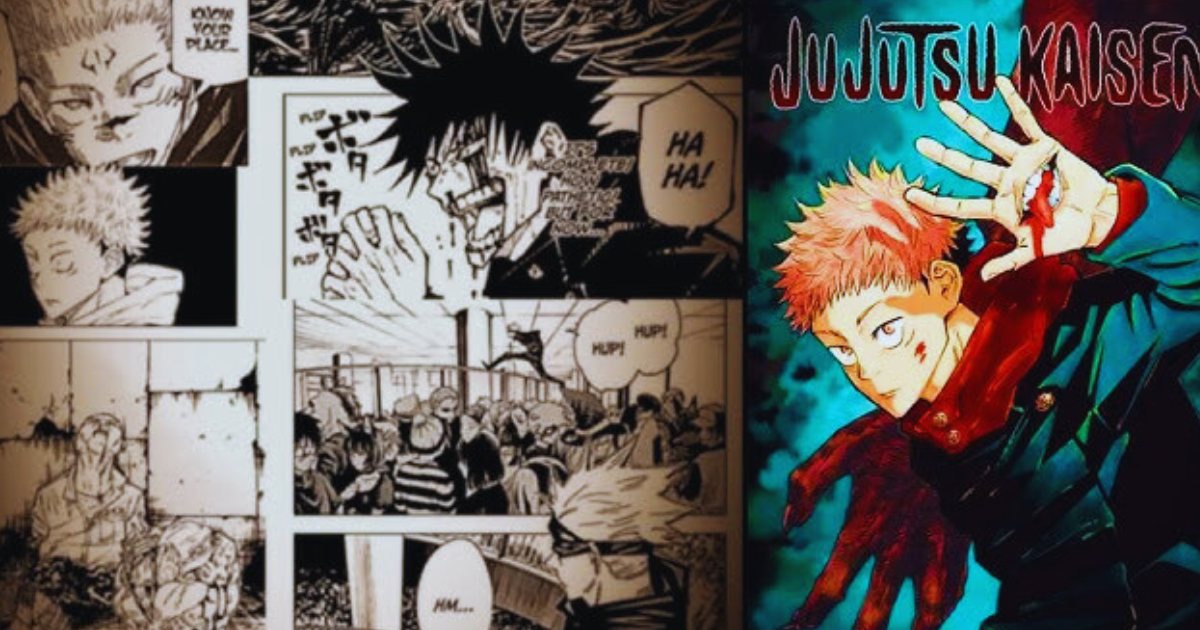
When it comes to specific scenes, Jujutsu Kaisen’s anime does a fantastic job of sticking to the manga at least most of the time. Take the first episode, for instance: Yuji’s confrontation with Sukuna’s cursed finger is practically lifted straight from the manga. The pacing, the dialogue, even the intense expressions are almost identical. But there are moments where the anime adds its own flair. One example that stands out is the fight between Megumi and the special grade curse in the detention center. In the manga, this was already a tense, action-packed moment, but the anime cranked up the drama with its chilling soundtrack and glowing curse effects.
One scene I found surprisingly different was during the Kyoto Goodwill Event arc. In the manga, some of the character interactions were more drawn out, giving us a deeper look into their relationships. The anime trimmed a few of these moments, likely to keep the pacing tight. It’s not a huge issue, but if you’re someone who loves those quiet, character-driven beats, you might miss them.
JJK stays impressively close to the source material. Sure, there are some creative liberties like extending fight scenes or tweaking character interactions but these changes often enhance the experience rather than detract from it. As someone who’s read the manga and watched the anime, I’d say the adaptations are about 90% faithful. And honestly? That’s a win in my book.
Creative Changes in JJK: Necessary or Controversial?
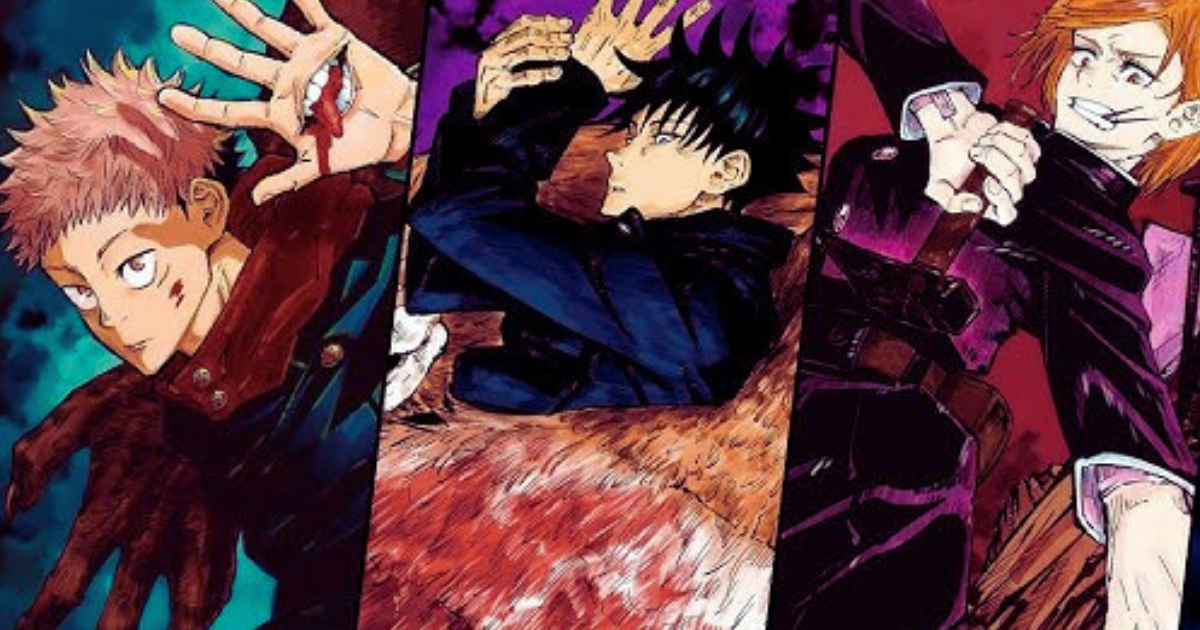
On one hand, they can elevate the story and make it more accessible to a broader audience. On the other, they risk alienating die-hard manga fans. JJK has had its fair share of tweaks, and while most are minor, they’ve sparked some pretty heated debates in the fandom.
Take, for example, the anime’s approach to certain fight scenes. In the manga, these moments are often confined to a handful of panels, which leaves a lot to the imagination. The anime, though, has the luxury of time and boy, does it use it. One of my favorite examples is the fight between Gojo and Sukuna in the early episodes. The anime added a ton of new choreography that wasn’t in the manga, but it felt like a natural extension of the original. Still, some purists argue that these additions stray too far from Gege Akutami’s vision.
That said, not all changes are bad. In fact, some are downright necessary. The pacing in JJK’s manga can be a bit uneven at times, especially during the earlier arcs. The anime smooths this out beautifully, cutting unnecessary fluff and keeping the momentum going. If you’re a first-time viewer, you’d probably never notice these changes but as a manga reader, it’s fascinating to see how the story evolves in a new medium.
In the end, whether these changes are “necessary” or “controversial” really comes down to personal preference. If you’re open to a fresh take on the story, you’ll probably appreciate what the anime brings to the table. But if you’re a stickler for accuracy, well… prepare for a few compromises.
Visual and Artistic Differences Between the Anime and Manga
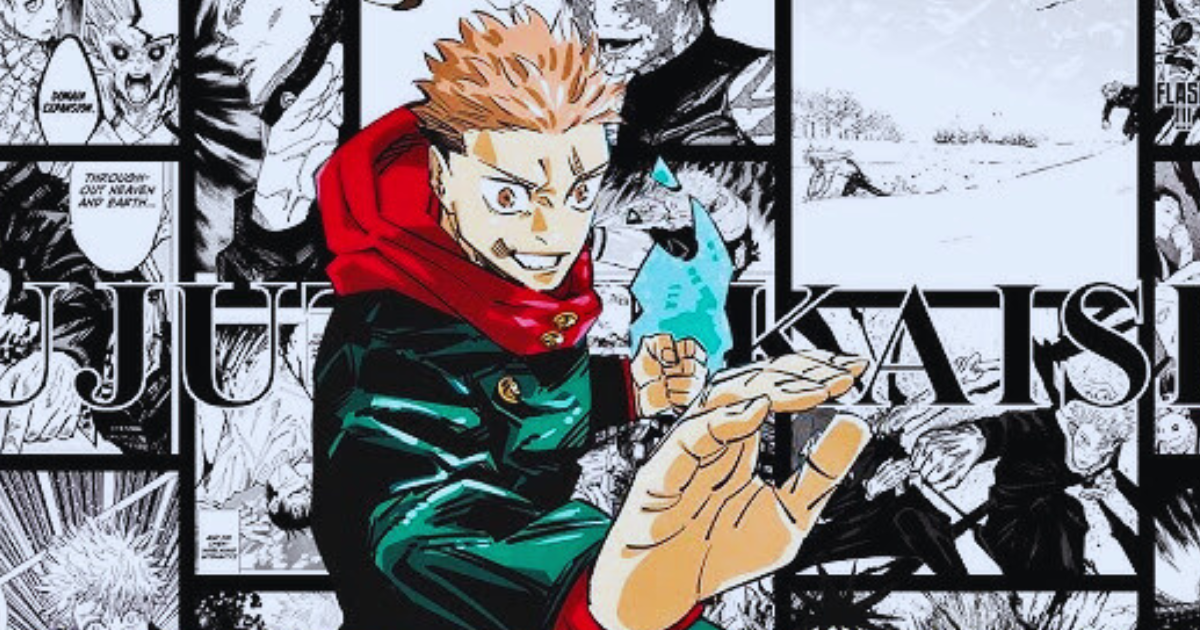
Gege Akutami’s manga art is gritty and raw, with a level of detail that makes every panel feel alive. But let’s be honest: the pacing in manga doesn’t always let you fully appreciate the art during high-action scenes. That’s where the anime steps in and elevates everything with its breathtaking animation. I still remember watching the first time Gojo unleashed his Domain Expansion: Unlimited Void it’s one thing to read it, but to see it with all those vivid colors and fluid motion? Absolute chills.
One major difference between the two mediums is how they handle fight choreography. In the manga, fights are broken into snapshots, and while Akutami does a phenomenal job of making movement clear, the anime takes these moments and turns them into a visual spectacle. The camera angles, the fluid transitions, and even the added sound effects bring the fights to life in a way the manga simply can’t. For example, the Yuji vs. Mahito fight felt much more dynamic in the anime because of these creative choices.
That said, the anime does take a few liberties with the art style, and not everyone loves them. The anime smooths out some of the grittier details from the manga, giving it a cleaner, more polished look. While this works beautifully for the bright, action-packed moments, it sometimes softens the darker, more haunting scenes. For instance, certain panels in the manga, like Sukuna’s eerie expressions, carry a rawness that doesn’t always translate in the anime’s more refined visuals.
One area where the anime really stands out, though, is the use of color. The manga is, of course, black and white, which allows readers to imagine the world in their own way. But the anime’s vibrant color palette adds depth and atmosphere, making certain moments unforgettable. Whether it’s the ominous glow of a curse or the sparkling blues of Gojo’s eyes, the colors make JJK’s world feel more immersive.
The visual differences between the anime and manga aren’t a bad thing they’re just different. Both mediums offer unique experiences, and honestly, I’d recommend enjoying both if you can. The manga gives you Akutami’s unfiltered vision, while the anime adds a cinematic touch that’s hard to beat.
Key Arcs and Their Manga Accuracy
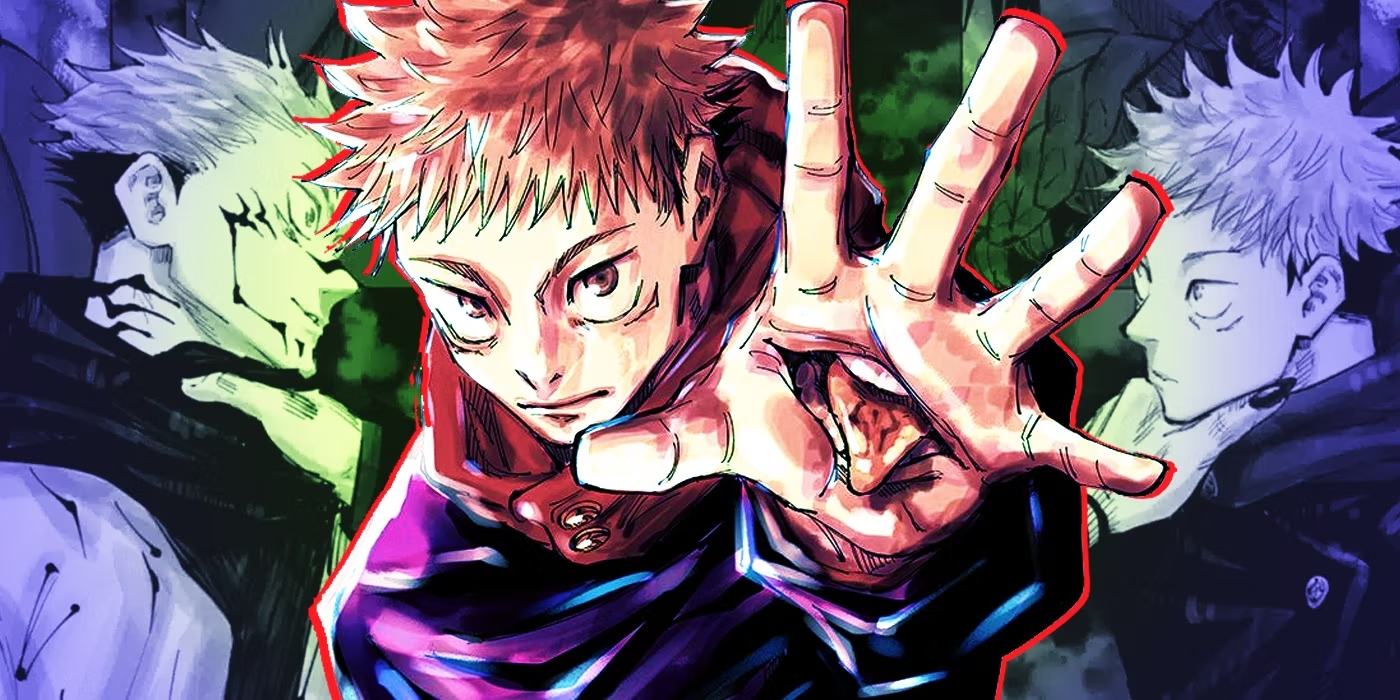
JJK has a lot of standout arcs, and the anime has done a solid job of adapting most of them. But are they perfectly accurate to the manga? Well… kind of.
Starting with the Cursed Womb Arc, the anime stays incredibly faithful to the manga. Yuji’s first big encounter with Sukuna plays out almost exactly the same, and the emotional beats like his decision to eat the cursed finger hit just as hard. The only difference I noticed was how the anime added a bit more buildup with dramatic pauses and slightly extended fight scenes, which, honestly, made it even better.
Then there’s the Kyoto Goodwill Event Arc, which is where things start to diverge a little. In the manga, this arc gives us a lot of insight into the relationships between the students from Tokyo and Kyoto. While the anime captures most of this, it does streamline a few conversations and character moments to keep the pacing tight. I remember being a bit bummed that we didn’t get as much of Todo’s backstory in the anime he’s such a quirky, fascinating character, and I loved how the manga explored his personality in more depth.
If you’re a manga reader, you know this is one of the most intense, emotionally charged arcs in the entire series. The anime hasn’t fully adapted it yet, but based on what we’ve seen so far, it’s clear they’re pulling out all the stops. The manga’s pacing is relentless during this arc, and I’m curious to see if the anime slows things down a bit to give viewers time to breathe. If it stays true to the source material, though, we’re in for an unforgettable ride.
Is JJK 1:1 with Manga? Final Verdict
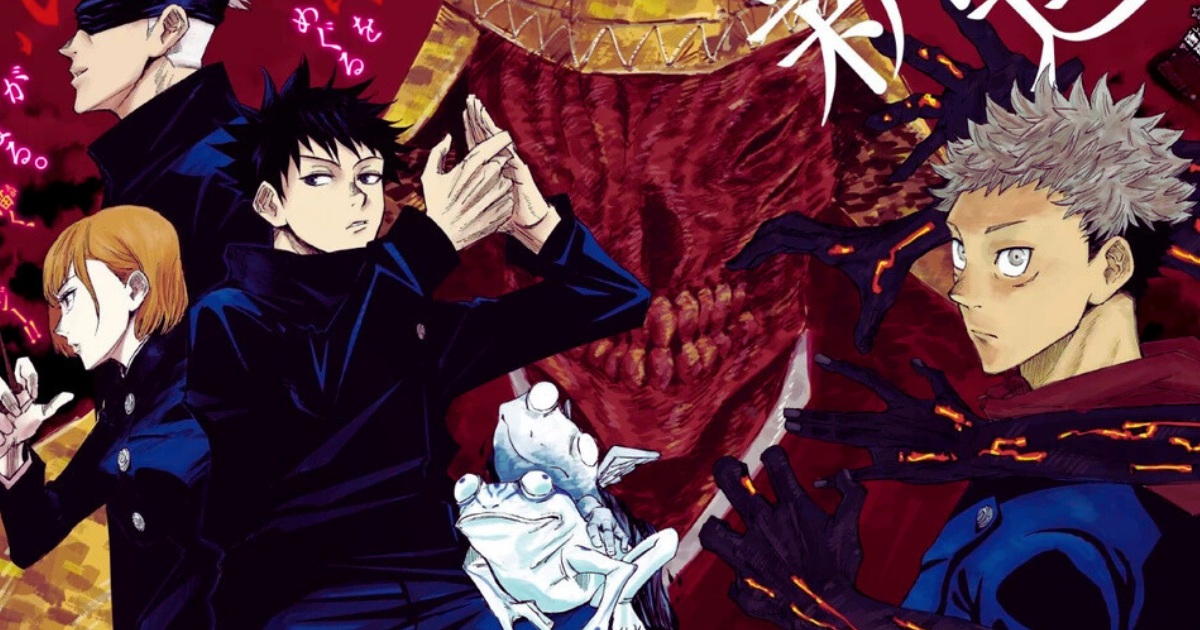
Is JJK 1:1 with manga? The short answer: not quite, but it’s close enough to keep most fans happy. The anime follows the manga’s story and character arcs with impressive fidelity, but like any adaptation, it takes some creative liberties. And honestly? That’s not a bad thing.
For one, the anime adds a layer of visual and emotional depth that’s hard to achieve in a manga. The fight scenes feel more dynamic, the colors bring the world to life, and the voice acting adds another dimension to the characters. But at the same time, there are moments where the anime trims or tweaks certain scenes to fit the pacing of a 20-minute episode. For manga purists, these changes might be frustrating, but for casual viewers, they’re barely noticeable.
If you’re someone who loves dissecting every panel and comparing it to the screen, you’ll probably find a few differences that stand out. But for me, those differences don’t take away from the experience they just highlight how anime and manga are unique mediums with their own strengths. Whether you’re Team Manga or Team Anime, one thing’s for sure: Jujutsu Kaisen is a masterpiece in both forms.
At the end of the day, the real question isn’t Is JJK 1:1 with manga? but rather, Does the anime do justice to the manga? And the answer to that is a resounding yes.
Conclusion
So, is JJK 1:1 with manga? Not entirely, but it’s close enough to capture the essence of Gege Akutami’s masterpiece. The anime stays faithful to the core story while adding its own flair with stunning visuals, fluid action, and pacing adjustments. Whether you’re a manga purist or an anime enthusiast, both versions offer a unique, unforgettable experience.
FAQs: Is JJK 1:1 with Manga?
Is JJK anime completely faithful to the manga?
While the anime is highly faithful to the manga, it isn’t a frame-by-frame adaptation. Some scenes are enhanced for visual impact, and a few moments are streamlined for pacing.
Does the JJK anime add original content not in the manga?
The anime doesn’t add completely original arcs or filler episodes, but it does expand on some fight scenes and character interactions for dramatic effect.
Are the fight scenes in JJK anime the same as the manga?
The core of the fights stays true to the manga, but the anime often adds extra frames, smoother transitions, and dynamic camera angles to make the action more fluid and cinematic.
Is the pacing in the JJK anime different from the manga?
Yes, the anime sometimes adjusts pacing, especially in slower arcs, to keep viewers engaged. This can result in trimmed dialogue or faster transitions between scenes.
Do any key moments differ between the anime and manga?
While most key moments are faithfully adapted, some smaller character interactions and subtle details in the manga may be omitted or condensed in the anime.
Which is better for understanding the story, the JJK manga or anime?
Both are excellent! The manga offers a raw, detailed look at Gege Akutami’s original vision, while the anime enhances the experience with visuals, voice acting, and music.
Will the anime continue to stay faithful to the manga in future arcs?
Based on the adaptation so far, it’s likely the anime will continue to follow the manga closely, though some creative liberties might be taken to optimize pacing and visuals for new viewers.
